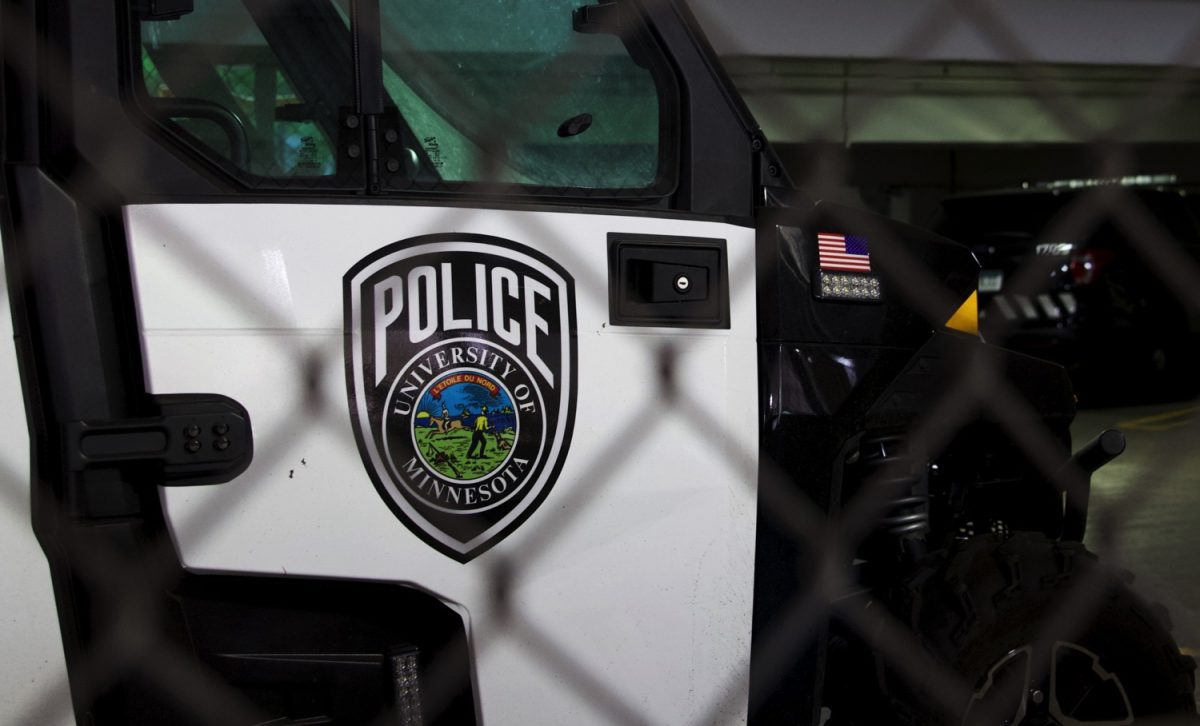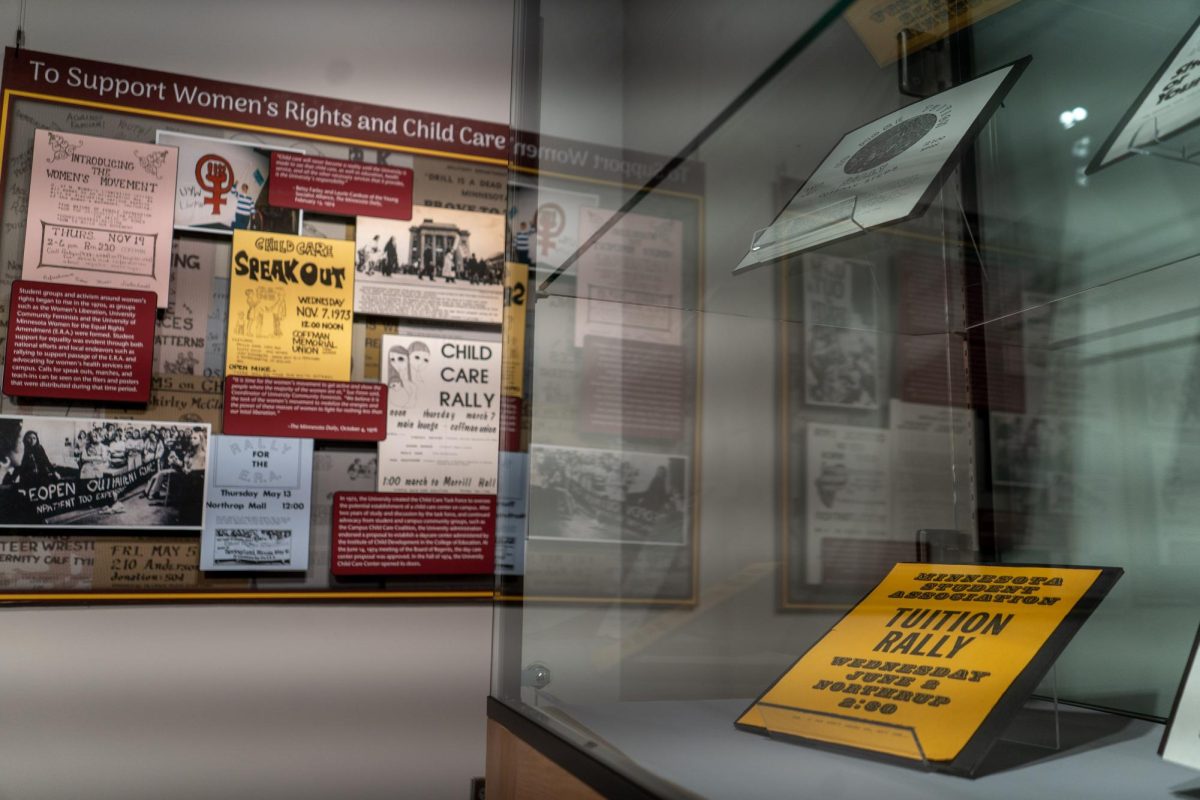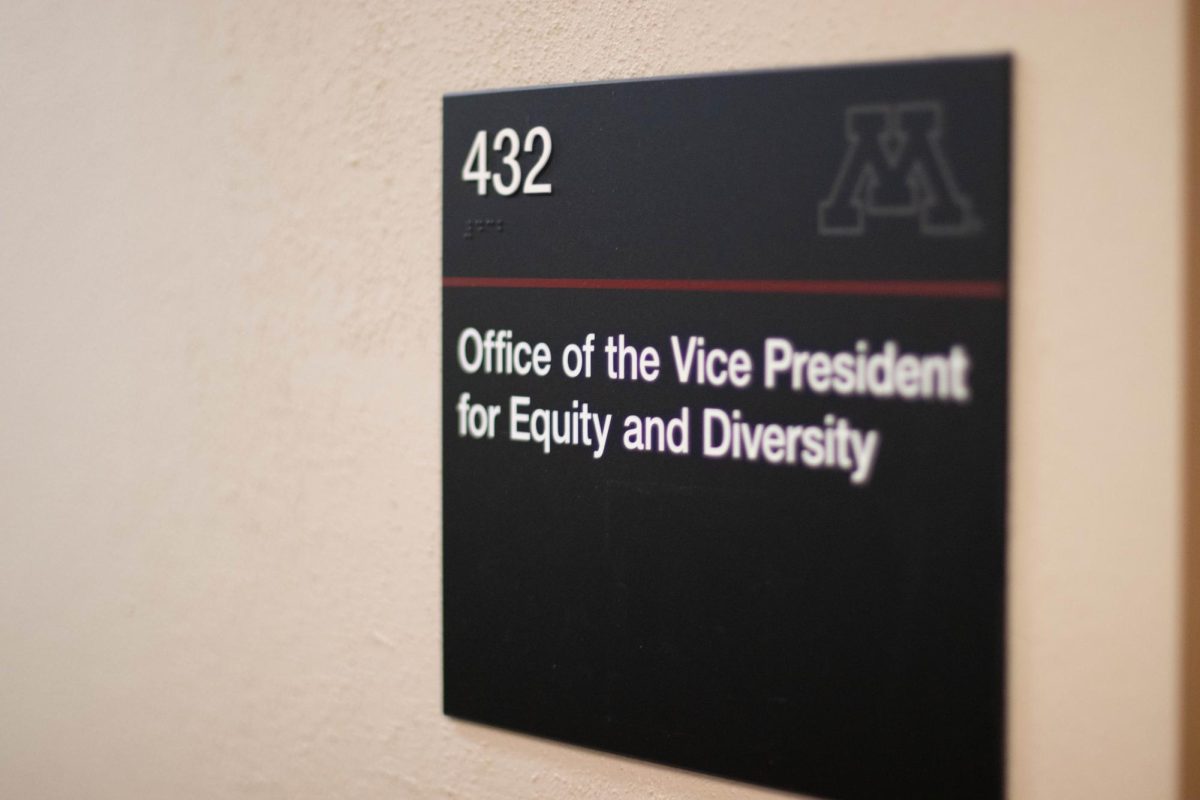New this semester, the University of Minnesota Law School’s Racial Equity and Justice (REJ) Milestone Program offers context on the relationship between racial injustice and the American legal system.
Assistant Dean of Diversity, Equity and Inclusion at the school Ra’Shya Ghee said the first three modules of the self-paced, 10-module online program became required for law students entering the school this fall.
Ghee said the REJ has been in the works for about two years with the hope of giving students the opportunity to better understand different racial identities and backgrounds and explore topics regarding race and the law that professors may not have covered in the classroom.
“The [REJ] tries to cover a scope of identities in terms of thinking about what has been the role of the law in the formation of these various identities,” Ghee said.
Ghee said the modules involve engaging with reading materials and videos and participating in “experiential learning,” which includes hosting or attending events at the law school, with flexibility for students to advocate for other experiences as well.
Ghee said the REJ will also help students with employment because employers in the legal field want to hire graduates with knowledge about race and how it connects to the law.
REJ required for all incoming students
The American Bar Association recently announced that beginning in January, law schools will be required to provide students with educational opportunities around cultural competency, bias and racism. These must be introduced at the start of a law school program and at least once again before a student’s graduation.
Ghee said the REJ milestone was in development before this rule was announced, but starting this fall, they began requiring first-year law students to complete the first three modules of the milestone to meet the new standard.
Mica Standing Soldier, a third-year University law student who is vice president of the University’s Native American Law Student Association, said she supports REJ as a requirement because there is no point where race and law do not intersect.
“It can make everyone a better lawyer,” Standing Soldier said. “It can make students so much more aware of what is going on around them, about the history of the laws that they’re studying, of the ways it impacts certain people.”
As someone who plans to work in advocacy after graduation, Standing Soldier said the modules keep her up to date with current events and ask difficult questions that she will have to reflect on in her field.
Ghee said she wants the REJ, which students have until their third year to complete, to meet students where they are at. Each module is broken down into three sections: must engage, should engage and consider engaging. Ghee said this allows students to spend more time on modules that interest them and less time on ones that do not.
“We’re creating a response to students and the broader law school community,” Ghee said. “We wanted that space to be accessible to everyone.”
Law students requested the milestone and diversity dean, citing a lack of racial education
Nubia Esparza, senior coordinator of diversity and student programs at the University law school, said a past student came to her with the idea for the REJ milestone in 2021, which she brought forward to the dean of students.
Ghee, who was working as a consultant for the University at the time, helped put together materials for the milestone. She has continued that work this semester as the school’s first dean of diversity, equity and inclusion, a role that students also pushed for creating, Esparaza said.
“It’s really a testament to the way that our advocacy, and the way the University is willing to work with us, has shown itself,” Standing Soldier said. “Now we have wonderful Dean Ghee who has created this racial equity and justice milestone.”
Standing Soldier said she thinks the creation of Ghee’s position and the REJ indicate that administration is listening to the needs and wants of the students.
“[The REJ] has deepened the trust between students and admin,” Standing Soldier said. “It reinforces that administration was listening and that they also want to help and they want this to be something future students will have access to. I think that was really helpful to see.”
Milestone takes burden off students of color
Ghee said prior to accepting her role as the school’s assistant dean of diversity, equity and inclusion, she taught a Race and American Law course at the University as an adjunct professor. She said she noticed students were interested in discussions revolving around important moments in legal history that helped shape the current understanding of race in America.
“Most people from all walks of life and all kinds of backgrounds lack any meaningful exposure to an engagement with our society’s racial history,” Ghee said. “Missing that historical social context is really impactful in terms of understanding the ways in which the law participates in spaces of marginalization.”
Ghee said traditionally, people of color are tasked with educating their peers about how being part of a minority group has affected them.
“What the law school was hoping to do is kind of take on some of that burden so that those discussions are more fruitful and more productive, in ways that are likely to produce better lawyers after law school,” Ghee said.
Julian Roby, a student instructor in the Race-Informed Study Experience program (RISE), which is a student-led program aimed at creating a safe space for students of color to share their experiences pursuing law, said he thinks the REJ is a great way for students to learn more about race.
Roby said since starting law school, he has felt race has been overlooked in many of his classes and has enjoyed working through the REJ modules.
“You have more context to these [legal] cases and different things that you are studying in the law,” Roby said. “There is also the context behind why that [court] decision is actually being made, and we do ourselves a disservice if we don’t include that additional context.”















JackOfAllSins
Dec 10, 2022 at 4:15 pm
no worries you’ll see her soon enough
a.M6K2N.ME/py10041FE